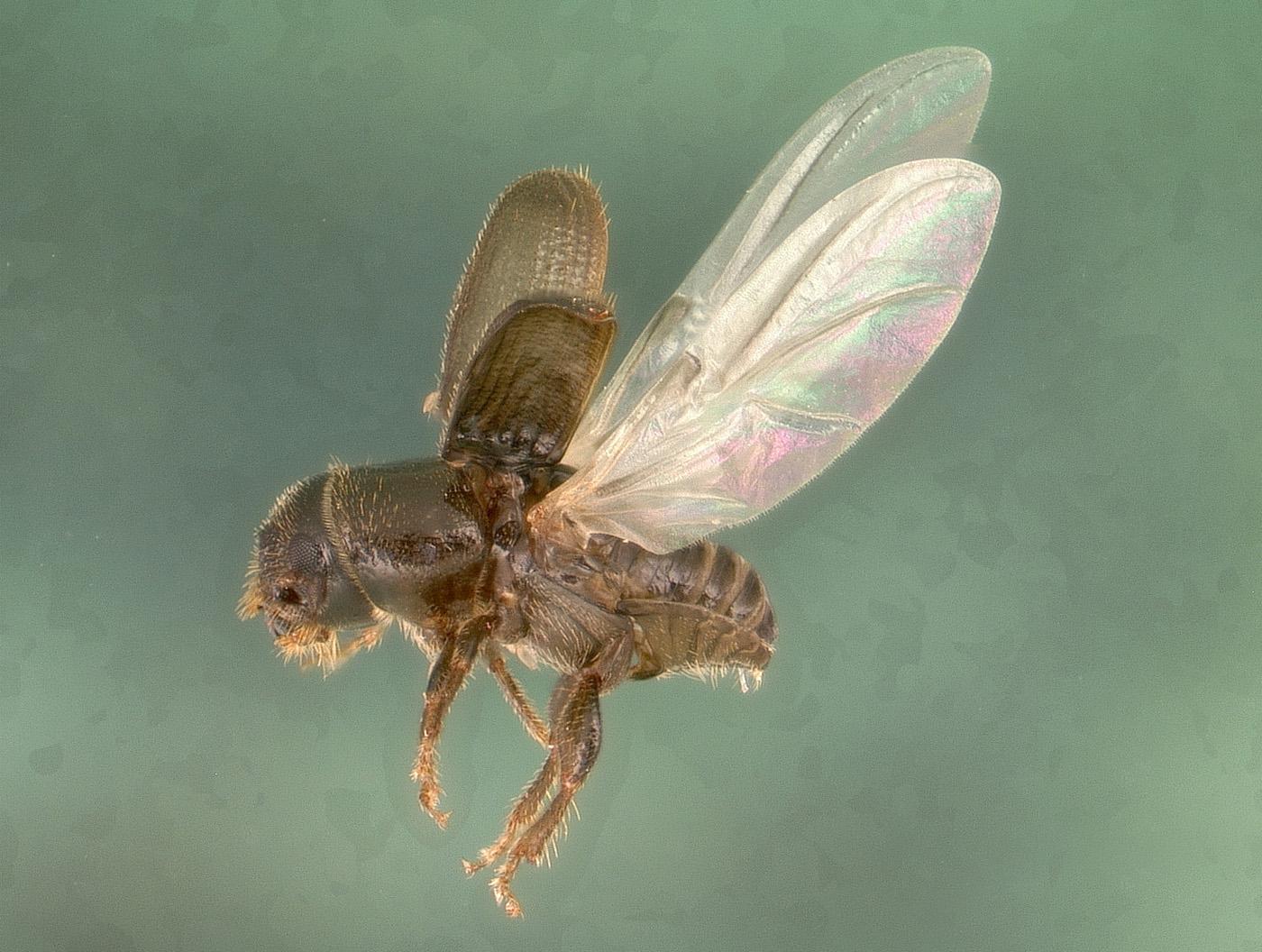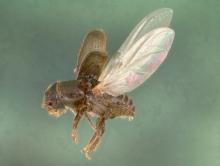Information Possibly Outdated
The information presented on this page was originally released on March 11, 2010. It may not be outdated, but please search our site for more current information. If you plan to quote or reference this information in a publication, please check with the Extension specialist or author before proceeding.
MSU targets forestry's most destructive pest
MISSISSIPPI STATE – A new program at Mississippi State University is looking at new ways to stop a pest that kills an estimated 12 million cubic feet of the state's pine forest annually.
Research efforts usually focus on early-detection methods and control mechanisms for the southern pine beetle. But MSU experts believe preventive measures will better control this destructive pest.
“Only proactive management activities such as periodic thinning, which is reducing the number of trees in an area, can help mitigate the threat of the southern pine beetle,” said Andrew Londo, MSU forestry professor and Extension coordinator. “Thinning not only reduces the likelihood of a southern pine beetle attack, but also increases overall forest productivity and health.”
For that reason, the U.S. Forest Service has initiated a region-wide southern pine beetle prevention program. Its goal is to reduce forest pest damage on privately owned forestlands across the South. Conducted by the Extension Service in collaboration with the Mississippi Forestry Commission and the Department of Plant Pathology and Entomology, the project includes landowner education and financial incentives for foresters and loggers.
“We have conducted 84 educational programs for more than 3,000 landowners, foresters and loggers since 2006,” Londo said. “These workshops helped familiarize participants with the five southern pine beetles and their biology, identification and management. At the end of the workshops, we offered a cost-share incentive program for landowners.”
The southern pine beetle cost-share thinning program is an incentive for landowners to thin their pine trees and reduce the overall threat from the beetles.
“We have had 140 landowners owning more than 7,000 acres enrolled in the incentive program,” Londo said. “We are still signing up landowners for the financial assistance to manage their forestlands.”
Two new components of the program, funded by the American Restoration and Recovery Act, provide payments to loggers and consulting foresters.
“The goal of the act is to create new jobs and retain current jobs to stimulate the U.S. economic recovery,” said Andy Ezell, forestry professor and interim forestry department head. “Loggers have been hit hard during the economic downturn, and we anticipate these funds to help them during this period.”
Loggers and consulting foresters who assist in thinning operations for landowners enrolled in the existing program will receive payment through the grant.
“Consulting foresters provide an essential service for private landowners in the preparation of forest management plans,” Ezell said. “As with loggers, consulting foresters will receive payment for plans prepared for landowners enrolled in the program.”






